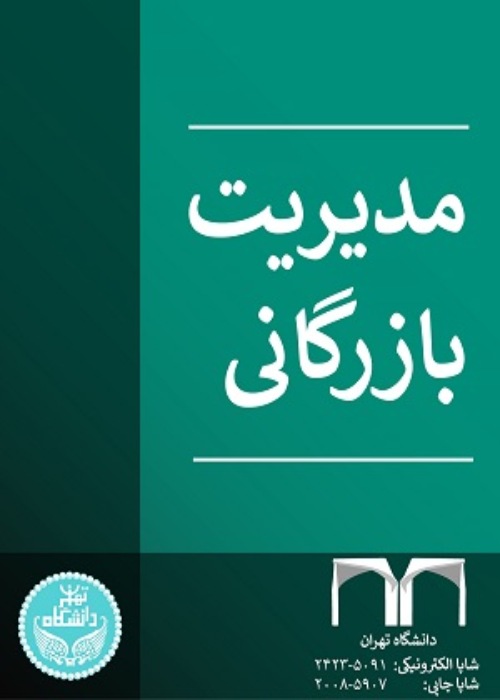Network Model of Risk in Non-Oil Export Sector in Iran
Non-oil exports have been the subject of a lot of debate and discussions in recent decades. In Iran, the majority of the export revenue comes from oil sales and the government does not necessarily rely on other sources of revenue; therefore, non-oil exports are of particular importance. Meanwhile, Iran has been under economic sanctions for 40 years after the Islamic revolution, and export companies are facing many problems as a result. Thus, appropriate strategies should be used in order to maintain the business and increase the company performance in business exchanges, especially in the complex and ambiguous environment that causes many risks for various reasons due to political, economic, and cultural reasons. Such strategies can help deal with these uncertainties and risks. According to the previous studies in Iran, there are only few researches to analyze and assess export risk, which can be due to the dependence of the Iran economy on imports. Most research in this area has often examined the impact of a single risk. In this study, Miller model is considered as the basis for identifying risk factors. The output of this study is a network model of risks that Iranian exporters are faced with in the non-oil export sector.
In this study, the risks were identified by reviewing the related research literature and the opinions of professional and academic experts were collected through a questionnaire to select the most important risks. Judgmental sampling was considered for this study and an online questionnaire was sent to 187 people in both stages where the first questionnaire was responded by 31 individuals and the second questionnaire by 18 individuals. In this study, the same 31 questionnaires were considered sufficient. Then, interpretive-structural modeling method was used in order to extract the relationships between these risks. Using SPSS software, the Cronbach’s alpha coefficient of the initial questionnaire was reported 0.722 and the Cronbach’s alpha coefficient of each item was higher than 0.7, which indicates that all the questions in the questionnaire are reliable. The second questionnaire was designed based on the outputs of the first questionnaire and the second questionnaire was analyzed using interpretive structural modeling.
The final model obtained from this study consists of 6 levels; it should also be noted that the higher level risks are less effective and are more likely to be affected by other barriers. Level one risks include changes in the pattern of society, changes in the amount of use by others, the elimination of pollution, product innovation and workforce, which indicates that these components are affected by their five sub-levels. On the other hand, level two risks include quality change in machinery, social unrest, job security, and motivation management. Monetary-financial reform, price control, shortage of complementary goods, process innovation, shortage of raw materials and the results of research and development activities are considered as level three risks. Level four risks include strikes, barriers to capital and money outflows, inflation, changes in consumers’ taste, and collection of debts. Level five risks include chaos, revolution, business restrictions, earthquake, interest rates, heavy rainfall, and technology. Finally, level six risks, which are considered as the last and the most influential factors, include war, government laws, and exchange rates.
Managers should note that the importance of risks will be different compared to each other in different environments and different conditions, and also in different stages of the product life cycle. Therefore, considering the type of organization and environmental conditions, the manager should pay attention to the risks with different prospecrives. Regarding the connections made between the risks, it can be seen that most of the risks are associated with a lot of communication and impacts, and no unnecessary or insignificant risks are found. Any type of defect or shortcoming in a risk can cause disruptions in the end result, which is the increase in non-oil exports. In other words, the obtained model indicates that the model should be viewed as a process or system and also all the related aspects should be taken into account as well.
- حق عضویت دریافتی صرف حمایت از نشریات عضو و نگهداری، تکمیل و توسعه مگیران میشود.
- پرداخت حق اشتراک و دانلود مقالات اجازه بازنشر آن در سایر رسانههای چاپی و دیجیتال را به کاربر نمیدهد.


